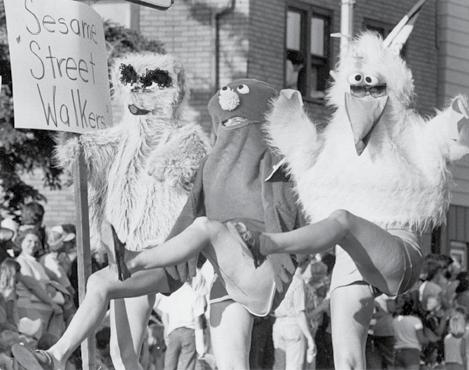
4 minute read
A look back at Northland celebrations Fourth of July
By Abigail Blonigen
Today’s Independence Day celebrations generally consist of fireworks, parades, picnics and frivolous time spent with family and friends. As the United States marks its 245th birthday this July 4, The Woman Today took a look back at how the holiday has shifted over time.
Pre-1900
A 1971 Duluth Herald news clipping cites two Fourth of July celebrations in Minnesota prior to the territory becoming a state in 1858. The first was a 1836 celebration at Fort Snelling in which “Indian and white men” played lacrosse, danced and did a 21-gun salute. A celebration in Rochester, Minnesota in 1855 was held as more or less a tourist attraction to try to draw settlers to the area.
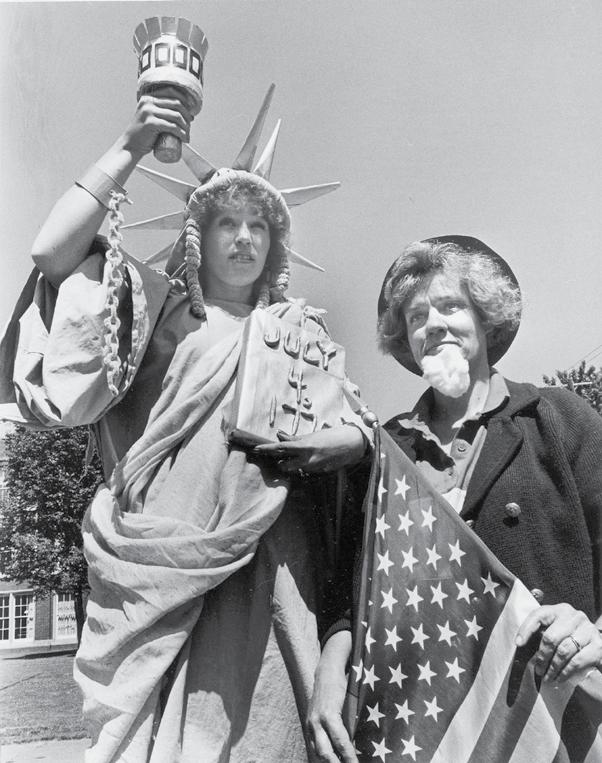
Later in the century, as communities became more organized, grand orations became a large part of the holiday. On July 4, 1868, Dr. Thomas Foster of the Duluth Minnesotian newspaper famously described Duluth as the “Zenith City of the Unsalted Seas” in a speech given at Minnesota Point, according to Zenith City Press.
Duluth News Tribune clippings from the early 1940s detailing “Our Town: 70 Years Ago” report that festivities in the early 1870s were primarily planned by women and consisted of sailing parties, parades, fireworks and culminated with several balls across the city.
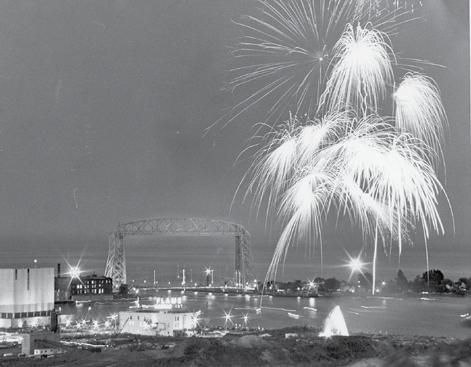
A News Tribune article from 1895 details a special year where the majority of Fourth festivities took place at the Beacon Hill Pavilion atop the Duluth Incline Railway. According to the Minnesota Historical Society, the pavilion opened on July 4, 1892 and soon became the epicenter for cultural events in Duluth with a restaurant, movie theater and hilltop view of the city.
The 1985 article details “general exercises” in the morning at the pavilion and various locations across town followed by bike races and baseball games. In the afternoon, folks picniked at the pavilion or took steam ships Henrietta or Liberty to Two Harbors and Fond du Lac.
Others celebrated at Lester River, Minnesota Point or at various fishing resorts. Rain later in the evening ruined the fireworks that year, but the Herald reported 20,000 people still showed up to the pavilion for speeches, including a reading of the entire Declaration of Independence, and performances by singers, dancers and the Duluth City Band.
Unfortunately, the Beacon Hill Pavilion was destroyed by fire in 1901, making this one of only a few Independence Day celebrations at the massive historical structure.
Early 1900s
An Independence Day celebration invitation from 1901 promised an “OldFashioned Fourth” including a “Naval Parade, Horse Races, Laying of the Corner Stone of our new Library, Patriotic Ceremonies, Rowing Regatta, Picnics Galore, Immense Display of Fireworks, dancing, and everything to amuse, instruct and entertain our guests.”
Festivities also included a morning “monster parade” which was to “exceed in magnitude anything ever attempted in the Northwest.” The official program for the year noted that the fireworks display cost $5,000, which is over $150,000 in today’s dollars when adjusted for inflation.
During the first World War, Duluth introduced its first “Americanization Day” on the Fourth of July in 1915, recognizing newly naturalized citizens of the U.S. in front of the courthouse after “a parade of the military and foreign-speaking organizations of the city,” according to the Duluth Herald.
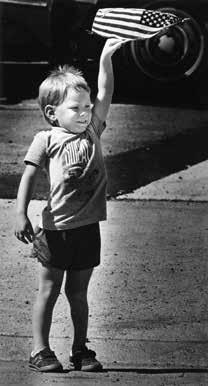
“Wartime enthusiasm” was high in 1917, as demonstrated by a group of
Continued on page 32
Convenientmorning and
evening hours
Doctor-owned,locallyloved We have threelocations in your area:




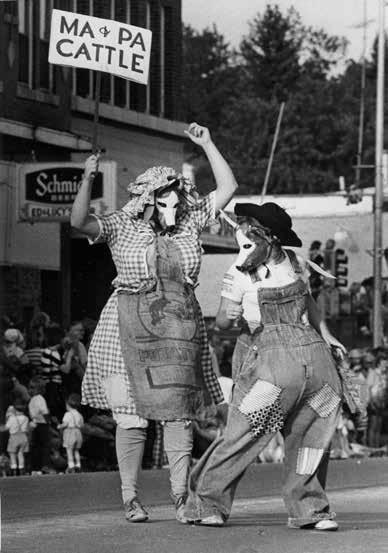
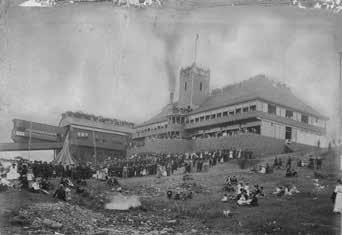
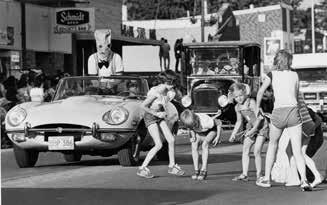
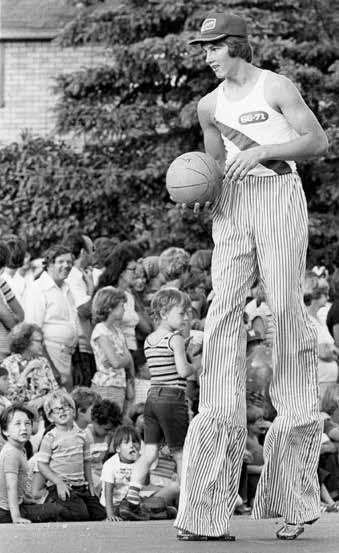
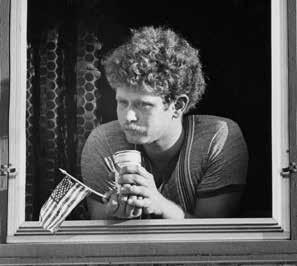
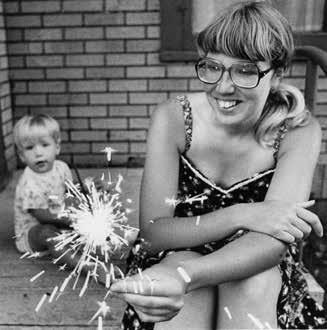
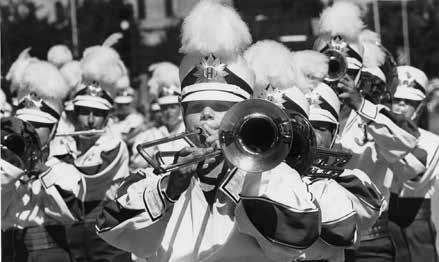
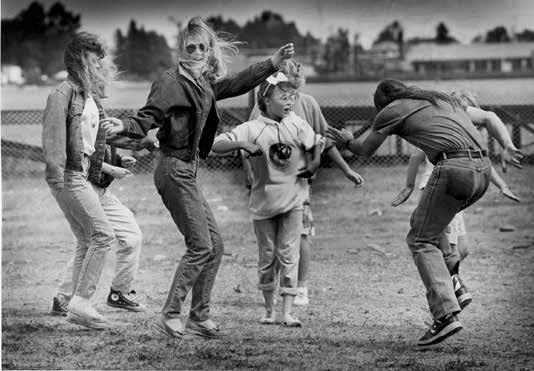
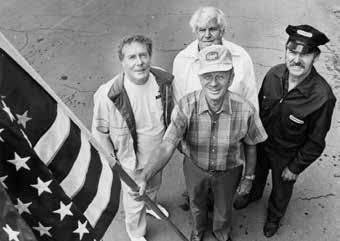
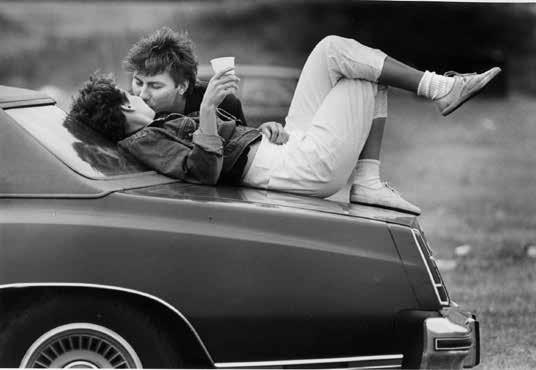
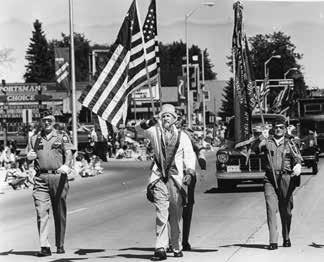
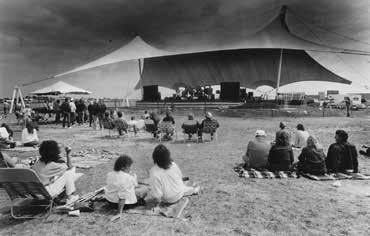
Canadian Grenadiers that joined Duluth's military parade, which the Herald described as “the greatest military spectacle Duluth has ever witnessed.” Over 10,000 Canadians — visitors and descendants — joined in the festivities that year.
1940s
The attitude was more solemn during the World War II years of the early ’40s, when Americans were conserving resources such as tires and gun powder for the war effort. So 1941 was the last time Fourth of July fireworks were permitted for retail sale in Duluth, according to the News Tribune.
Alertness was stressed in 1942, urging local defense to not relax internal security in case the enemy were to strike during a holiday. That was also the first year without a reported firecracker injury, and the News Tribune interviewed several young boys who were happy to give up their fireworks to help win the war.
The only “big” celebration that year was at Lester Park, including a Minneapolis troupe show, flag-raising ceremony, speech, baseball game, war bond giveaways and a fireworks display — with proper permitting.
1960s
In 1963, bells rang across the United States and in Duluth as part of a nationwide program “to stir a new wave of patriotic feeling,” as reported by the News Tribune. The local event was sponsored by the Central High School Parent Teacher Association and the David Wisted Post of the American Legion. Radio stations were encouraged to broadcast two minutes of the Liberty Bell ringing in Philadelphia, followed by a reading of the Declaration of Independence.
A major accident was avoided in 1965 after a U.S. Marshal seized 325,000 firecracker balls in Duluth, as reported by the Herald. Colorful and marblesized, the fireworks had injured several children in other states who bit into the explosives thinking they were candy.
1980s
Duluth’s annual Fourth Fest in Bayfront Park began in 1985 with live music and fireworks. According to Jeff Stark, Bayfront Festival Park Director at the Duluth Entertainment Convention Center, it is believed 2020 was the only year missed by the festival since its inception due to the pandemic.
2000s
Fourth Fest 2001 drew more than 5,000 people with sport stunts including skateboarders, bikers and rollerbladers, food vendors and live music. Bayfront Park was under construction that year, so the festival was held at the DECC instead.
While much has changed over the years, the Fourth of July remains a funfilled day of celebration, reflection and anticipation of the country’s past, present and future. D









